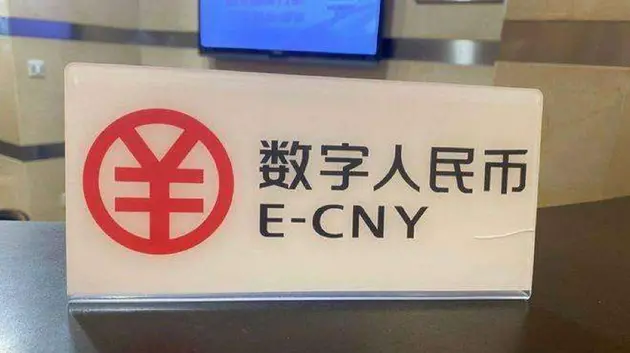Chris Froome heads into the Vuelta a Espana looking to create more history by becoming the first British winner of the three-week race.
The four-time Tour de France winner made his breakthrough when finishing second in 2011's race to equal the then-best finish by a British rider in a Grand Tour.
Will he go one better this year and become the third man to complete the Tour-Vuelta double in the same year - and first since the Spanish race was switched from early to late in the season 22 years ago?
Froome goes into the race as favourite but with six of the top 10 from this year's Tour and the likes of five-time Grand Tour winner Vincenzo Nibali and Britain's Adam Yates in the mix, the Vuelta promises to be as tough as they come.
The race starts in Nimes in France on Saturday, 19 August and concludes in Madrid on Sunday, 10 September.
What is the Vuelta a Espana?
The youngest of the three annual Grand Tours, the Vuelta, like its cousins the Giro d'Italia and Tour de France, is a three-week race made up of 21 stages, raced over 23 days.
Prior to 1995 the race took place earlier in the season but often clashed with other major races so was switched to after May's Giro and July's Tour.
It was first raced in 1935, and aside from pauses for the Spanish Civil War and World War II, it has been contested continuously since 1955.
The 72nd edition of the race is starting outside of Spain for just the third time after Lisbon, Portugal in 1997 and Assen, Netherlands in 2009.
It is often an unpredictable race with riders racing who have suffered injuries or health problems earlier in the season, or those trying to rescue a failed season, while riders like Froome are trying to maintain their form from the Tour de France.
The route is notoriously mountainous, as evidenced by this year's race, which features nine summit finishes.
The route
"It's vicious," is Froome's take on it, while 2015 champion Fabio Aru says it will be the "usual horrendous race" and the "toughest stage race of the 2017 season".
The summit finishes are spread evenly across the three weeks with a mix of short, sharp climbs such as stage five's 3.5km ascent of Ermita Santa Lucia. It features gradients of 20%, while stage 15 finishes at an altitude of 2,510m in Sierra Nevada. The penultimate stage pits the riders against the infamous Alto de Angliru, where Sky lost the 2011 Vuelta when Froome waited for team leader Bradley Wiggins as Juan Jose Cobo launched a race-winning attack.
An opening team time trial in Nimes should not be long enough to create any significant time gaps between those chasing the overall victory but crucial seconds will be won and lost.
Race organisers will hope the 40km individual time trial on stage 16 will help balance out the climbs but it could just serve to strengthen Froome's grip on the title.
Sprinter-friendly stages are few, although those that make it to the finale are rewarded with a chance of glory in Madrid.
(BBC)
 简体中文
简体中文

